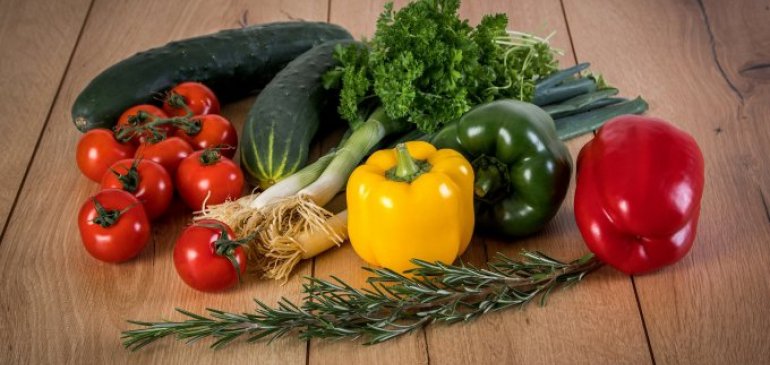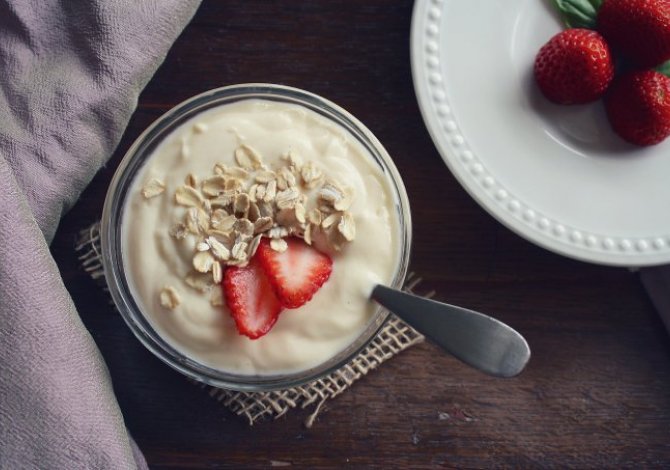Maybe you came across a basket of irresistibly seasonal tomatoes and went overboard on your shopping - or maybe there was a big apple sale and you tucked way too many into your basket for one pie. However you ended up with all the produce you currently have, a great way to keep it for a little longer is to freeze it.
Most fruits and vegetables can be frozen. It's just a matter of preparing it before you put it away so it's ready to use when you need it. Here are some tips:
How to freeze fruit
Most fruits freeze well: blueberries, cherries, peaches, plums, pears, grapes. The best way to freeze something is to think about how you plan to use it. So, if you are planning a strawberry pie, core and slice strawberries any way you want them to appear in your pie. Apple pie? You can toss the whole filling together and freeze it. Your mixer will be happier if you cut the fruit into pieces no larger than an inch, though whole blackberries or blueberries are fine.
Here are the basic steps to freezing fruit:
1. clean the fruit
Rinse the whole fruit under hot tap water and pat dry with a towel. (Yes, hot water! According to food researcher Harold McGee, a quick bath in hot water helps kill mold spores.) If you're dealing with berries or other soft fruits, just spread them out in a single layer, pat them gently with a towel, and let them dry for a few hours so they don't freeze too much.
2. 2. Prepare the fruit
After drying, prepare the fruit according to your needs: shell and slice strawberries, stone and seed fruits (peel them first if you want), remove the skins and seeds of cantaloupe and cut them into pieces, cut and remove the seeds of apples or pears, peel bananas and so on.
3. freeze the fruit
Place everything in a single layer on a baking sheet or tray lined with parchment paper so the fruit doesn't stick to the mold. Freeze for a few hours until the fruit is solid, then transfer it to an airtight container or freezer bag and squeeze out as much air as possible.
Frozen fruit can be stored for up to 3 months and can be tossed into smoothies, sprinkled on your morning oatmeal, or baked into pies.
How to freeze vegetables
When considering which vegetables to freeze, stay away from things you're most likely to eat only raw, like cucumbers and lettuce, because frozen vegetables are better off cooked.
1. cleaning and preparing vegetables
Rinse your veggies, then do all the trimming of green beans, chop zucchini, chop eggplant, core tomatoes, shell corn (but leave the kernels on the cob - more on that in a minute), peel and slice squash, de-stem greens like kale and collards and tear the leaves into large pieces, etc.
2. blanch vegetables, if necessary
Most vegetables will need to be blanched before they can be frozen. This stops most of the enzyme activity that can cause vegetables to change texture and lose nutrients over time. Blanching keeps their color vibrant. (You can skip this step with winter squash, sweet potatoes and other hearty vegetables.)
Tomatoes are another exception to this rule. If you want to freeze tomatoes without the skins, blanching will make peeling them a breeze. Otherwise, you can leave the tomatoes whole and freeze without blanching, or you can turn the tomatoes into a big batch of marinade and then store them in the freezer.
If you choose to blanch, bring a pot of salted water to a boil and toss the vegetables in for a few minutes. Drain or drain them in a colander, then immediately transfer to an ice bath. This will stop the cooking process. Allow the vegetables to dry in a single layer on a clean paper towel or dish towel. If you are freezing corn, you will now want to cut the kernels off the cob.
3. freeze the vegetables
Place everything in a single layer on a parchment lined baking sheet or baking tray and freeze until firm. Then transfer to an airtight container or freezer bag.
Frozen vegetables will also keep for about 3 months. Put them in soups and stews or roast or bake them.
















Comments (0)